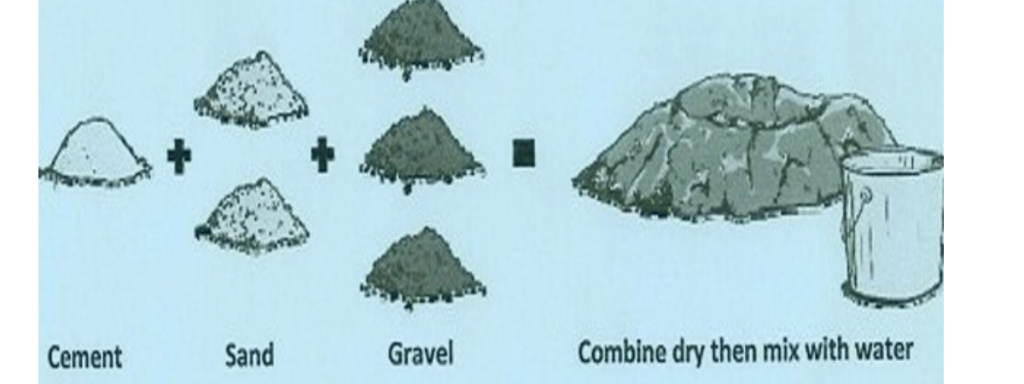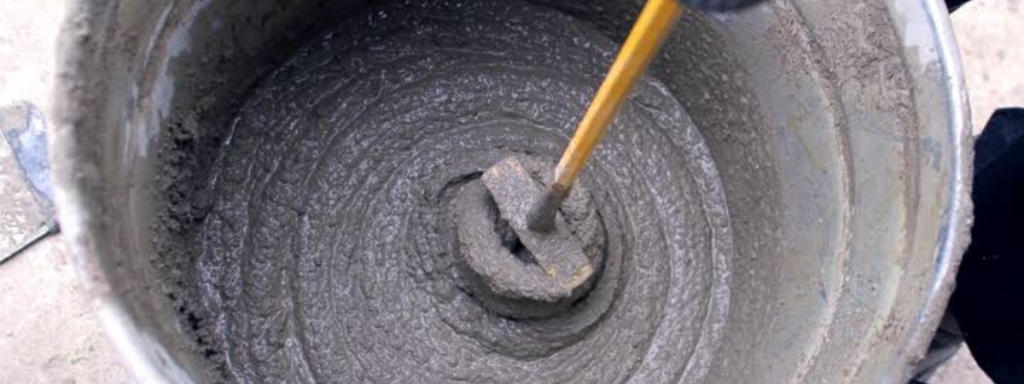
We also recognize that a paste is created as concrete is combined with gravel, stone/aggregates, and water that can be used to tie together the building materials. This paste is also called as concrete. The intensity of this concrete mix is calculated by the ratio of this mixture of asphalt, gravel, stones or aggregates. Depending on these proportions, various types of concrete are available on the market. Some are M10, M20, M30, M35, and so on. So, what does or does reflect M10 or M20 really say.
“M” Stands for “mix”. The mix is concrete with designated cement, sand and aggregate proportions. And the amount that follows “M” after 28 days reflects the compressive strength of that N/ mm2 concrete mix. For example, its compressive strength after 28 days should be 20N/ mm2 for concrete mix grade M20.
Different Grades of Concrete
Various cement types have different proportions of Cement Mix, meaning different concrete mixing ratios. The Concrete mix model has the following concrete mixing ratios as per IS456:2000.
| Concrete Grade | Ratios of Concrete mix design (Cement:Sand:Aggregate) |
|---|---|
| M5 | 1:5:10 |
| M7.5 | 1:4:8 |
| M10 | 1:3:6 |
| M15 | 1:2:4 |
| M20 | 1:1.5:3 |
| M25 | 1:1:2 |
| M30 | 1:0.75:1.5 |
| M35 | 1:0.5:1 |
| M40 | 1:0.25:0.5 |
As you can see in the table above, in these typical mix models, the amount of sand is always held half of that of aggregates. By using buckets or some other regular cubes that can be conveniently used throughout the design, you can calculate and preserve such proportions. Consistency in each and every concrete mix planned during the whole process must be preserved. Inspecting and applying it is one of the site engineer/supervisor’s important tasks.
What is Water Cement Ratio?

The water-cement ratio is the ratio of water weight to cement weight used in a concrete mix. A lower ratio results in higher strength and durability, but it can make it hard to work with and form the mix. With the use of plasticizers or super-plasticizers, workability can be solved.
Duff A. Abrams first developed and published the concept of water-cement ratio in 1918. Refer to the slump test for concrete. The 1997 Uniform Building Code specifies a maximum ratio of 0.5 for concrete exposed to freezing and thawing in a moist condition or de-icing chemicals, and a maximum ratio of 0.45 for concrete exposed to severe or very severe sulfate.
As a consequence of the chemical reaction between cement and liquid, concrete hardens (known as hydration, it generates heat and is called hydration power). For each pound (or kilogram or unit of weight) of cement, approximately 0.35 pounds (or 0.35 kg or corresponding unit) of water are required for complete hydration reactions. However, a mixture with a ratio of 0.35 may not be thoroughly mixed and may not flow well enough to be positioned. Therefore, more liquid is used than is appropriate for interacting with cement chemically. More typically, water-cement ratios of 0.45 to 0.60 are used. To maximize flowability, lower proportions are used for higher-strength cement, along with a plasticizer.
Too much water will result in segregation from the cement paste of the sand and aggregate components. Water not consumed by the hydration reaction may also leave concrete as it becomes hard, resulting in microscopic pores (bleeding) that will reduce the final concrete strength. When excess water leaves, a mixture with too much water may undergo further shrinkage, resulting in inner cracks and noticeable fractures (especially around indoor corners), which will again reduce the final force.
